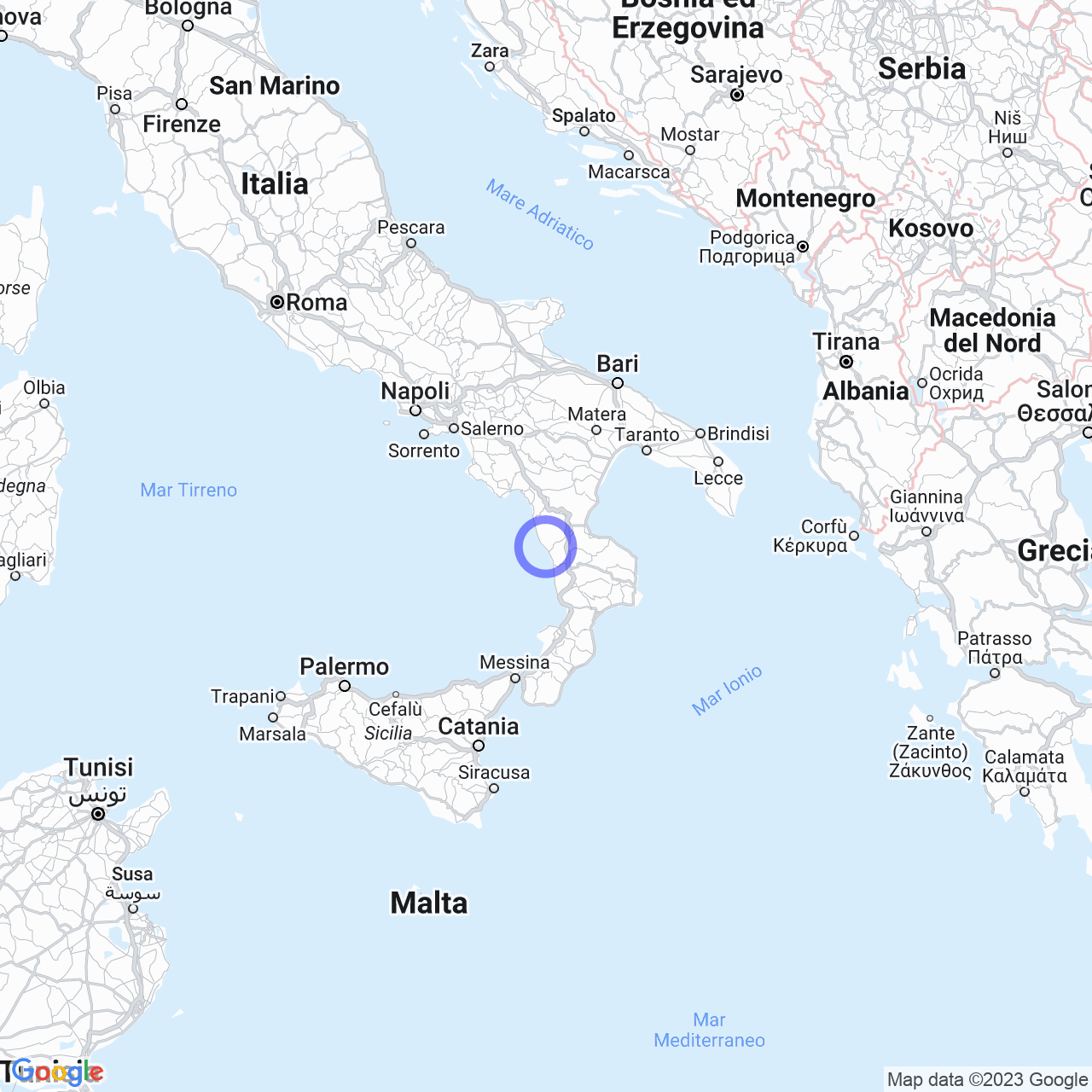Cetraro
Cetraro, a small municipality in Calabria
Cetraro, also known as ''u Citràru'' in Calabrian dialect, is a municipality in the province of Cosenza, Calabria, with a population of 9674 inhabitants. Despite its small size, Cetraro has a very interesting history and there are many theories about the origin of its name.
Physical Geography
Cetraro is located in a strategic position between the mountains and the sea. The city overlooks the Tyrrhenian Sea and is surrounded by the Sila and Apennine mountains. Thanks to the combination of sea and mountains, Cetraro is a popular tourist destination and offers many outdoor activities, nature trails, crystal clear sea and beautiful beaches.

Origin of the name
The name Cetraro probably derives from the production of Citrus Medica, known as the Roman lemon, which was abundant in the surrounding countryside. There are other more fanciful etymologies, including one that links the name of the municipality to the Aron river that crosses the territory. According to other theories, the name may have Hebrew origins and indicate the destination of a journey beyond the Cetrarese promontory.
History
Cetraro has an ancient history and a very charming historical center, full of alleys and arches. The historical center was fortified in the past and to this day you can still see the three gates that gave it access: of Mare, of Basso and of Sopra. The main monuments of the city are located in suggestive squares with names like "a giorgia" and "miezzu a curta".
The municipality of Cetraro was donated in the past by Abbot Desiderio IV Epifanio of Montecassino to Duchess Sichelgaita of Salerno as a sign of gratitude for her good offices in Melfi. From 1086 to 1810 the municipality was ruled by the Benedictines of Montecassino. During World War II, Cetraro suffered two Allied bombings with the intention of destroying the railway line. The bombings, carried out to prevent German troops from receiving military supplies, only caused minor damage to the city.
Cetraro was liberated by the Anglo-American army on September 11, 1943 during Operation Baytown.
Faini textile
After World War II, Cetraro experienced a period of great development thanks to the construction of the Faini textile factory, owned by Donato Faini. The factory specialized in the production of silk swimsuits and required many workers. The increase in the number of workers led to the expansion of the municipality and the creation of the marina fraction.
Conclusions
Cetraro, a municipality in Calabria with a long history and an ideal location between the sea and the mountains, is an ideal tourist destination for nature and historical context enthusiasts. Cetraro is also a perfect destination for those looking for a little peace and quiet and want to immerse themselves in the local culture, escaping from the frenzy of modern life.
